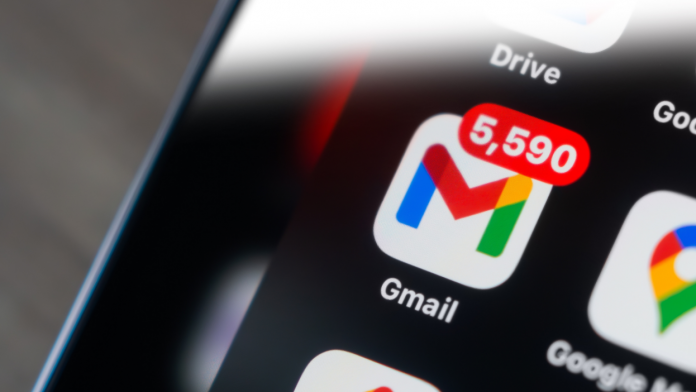Many of us now have multiple email addresses set up, and it’s almost a necessity in the modern age if you want to keep some kind of control over your communications: One email account for sign ups, one for important people in your life, one for that side hustle, one for newsletters, one as a backup, and so on.
These secondary (or tertiary or quaternary) email addresses can be handy when you’re signing up for new accounts—these days you need to register an account for everything from smart home devices to language-learning apps. What’s more, they’re often used as recovery email addresses for getting back into your account.
You know the drill: You enter an email address, and a code or link will be sent there in case you’re ever locked out of your account for whatever reason (a forgotten password is a common one). You may well put something other than your primary email address in for this—but it’s then all too easy to forget about these backup inboxes.
This recovery email account is going to become important, though, if you ever need to get back into an app or website—so you shouldn’t neglect it.
Checking in on recovery email accounts
If any of your accounts use a recovery process that involves an email address, you need to check in on that email address regularly—even if it’s one of the ones you don’t really use. As we’ve talked about before, inactive email inboxes can be deleted if they’re inactive for an extended period of time, which is going to be a problem if you’ve got nowhere to send account recovery links.
Besides simply keeping the email account active, checking in on it regularly means you’re going to spot unauthorized attempts to get into your accounts. You don’t want to log into a secondary account for the first time in six months to discover that hackers have been trying to get access to something important on a daily basis—if you know about it, you can take further steps to prevent it.

One of the ways you can make sure you don’t miss messages from a secondary account is to have them imported into a primary account. In Gmail on the web, for example, you can click the gear icon (top right), then See all settings and Accounts and Import to connect other accounts (you can even apply filters to these imported messages so they don’t clutter up your inbox too much).
It’s a good idea to do a regular audit of the email addresses you actually have registered with your accounts. From your Facebook account on the web, for example, click your profile picture (top right), then Settings & privacy and Settings. Click See more in Accounts Center, then Personal details and Contact info. Other accounts will have similar settings pages you can check.
Keeping recovery email accounts secure
As mentioned above, new messages sent to these recovery email addresses can give you a heads up if someone is trying to get into your accounts: Social media, banking, cloud storage, or whatever it is. If that person is also able to get into your recovery email address account, you could quickly find yourself locked out.
With that in mind, it’s crucial that your backup email addresses are looked after as well as your primary ones, in terms of security. If an email address is somehow tied to the recovery of one of your accounts, it’s as important as any of your others—you shouldn’t just assume you’ll never have to use the relevant recovery process.

In terms of securing these accounts, it’s the usual checklist: Set up two-factor authentication whenever it’s offered, use a strong, unguessable, and unique password, and be careful in terms of the apps, sites, and browser extensions you connect to your email. Make sure the email address is properly disconnected from older devices you’re no longer using as well.
These security settings shouldn’t be too difficult to find in your account, but we’ll use Yahoo on the web as one example. If you click your name (top right) then Account info and Security, you’re able to find a variety of useful options under that tab (you can also set up a recovery email address from the same screen).
